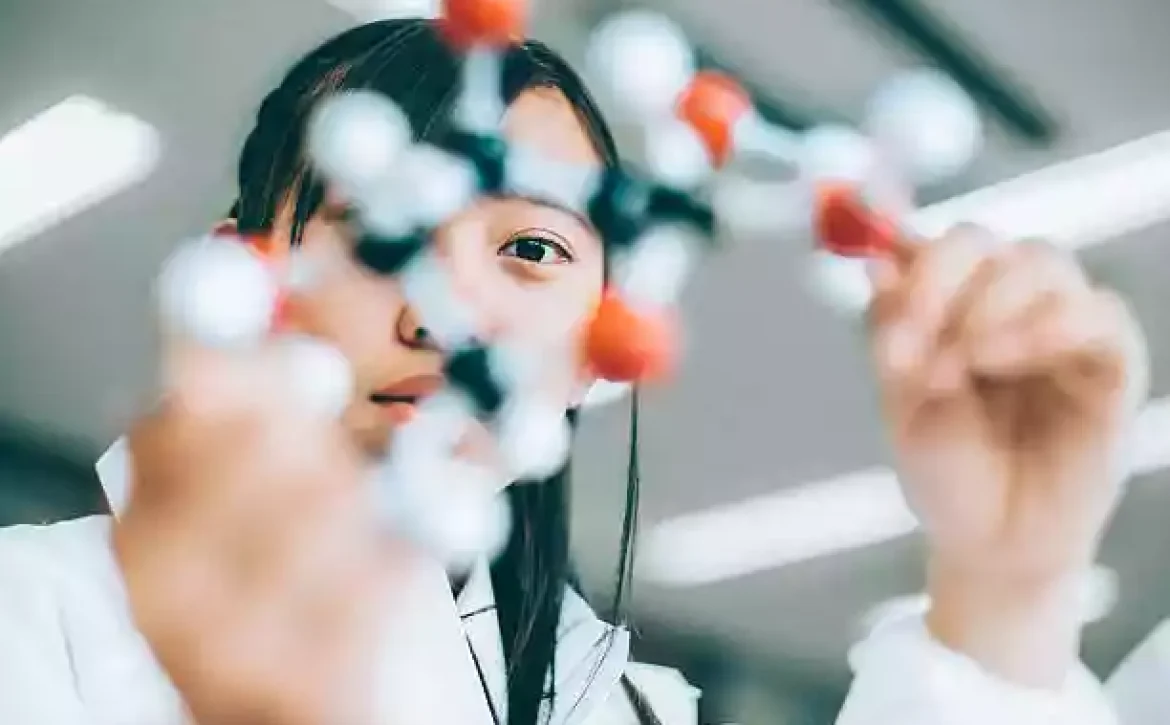
28 Views
WASSCE: PHYSICS-THEORY-2009-Q1-Q6
(a) Tensile Stress
Tensile stress is the force acting per unit area on a material that tries to stretch it or pull it apart.
It is calculated as:
Tensile stress = Force / Cross-sectional area
(b) Young Modulus
Young modulus is the ratio of tensile stress to tensile strain in a material.
It shows how stiff or strong a material is when it is being stretched.
It is given by the formula:
Young Modulus = Tensile Stress / Tensile Strain
2. Define Diffusion
Diffusion is the movement of particles from a region of higher concentration to a region of lower concentration until they are evenly spread out.
It happens in gases and liquids without stirring or mixing.
3. (a) State two applications of electrical conduction through gases
1. It is used in neon sign lights where electricity passes through gas to produce colourful light.
2. It is used in fluorescent lamps where electricity excites gas particles to give out light.
4. List two properties of cathode rays
1. Cathode rays travel in straight lines.
2. They are negatively charged particles (electrons).
5. (b) Explain how the intensity and energy of cathode rays may be increased
The intensity of cathode rays can be increased by increasing the current flowing through the cathode.
This makes more electrons to be released.
The energy of cathode rays can be increased by increasing the voltage across the tube.
This makes the electrons move faster and have more kinetic energy.
6. Give three observations in support of de Broglie’s assumption that moving particles behave like waves
1. Electron diffraction: When electrons pass through a crystal or narrow slit, they form a diffraction pattern like light waves.
2. Electron interference: Electrons can produce an interference pattern, showing that they act like waves and not just particles.
3. Davisson-Germer experiment: In this experiment, electrons were scattered by a crystal and formed patterns that could only be explained if they behaved like waves.


